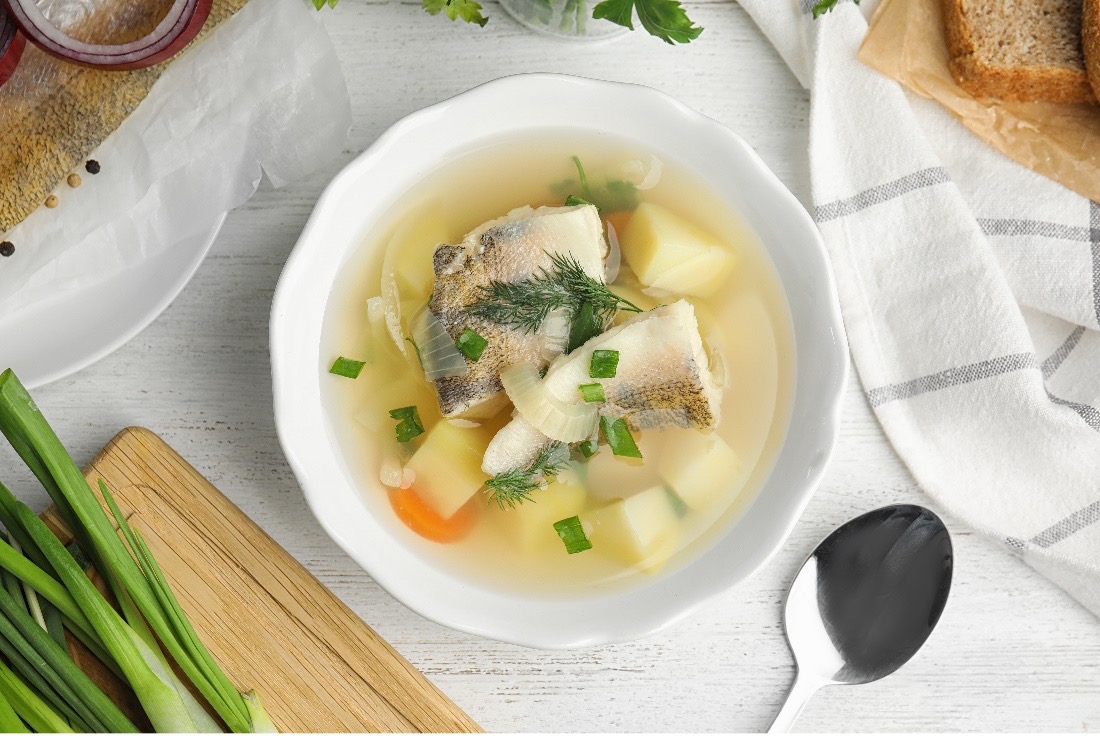Eating Seasonally: The Joy Of Dining As Nature Intended

In 1971, Alice Walters caused a stir in California’s culinary scene by opening a new signature restaurant, Chez Panisse. Heralded ‘the most important restaurant in the history of this country, according to chef Daniel Humm, Chez Panisse delighted hordes of diners with its five-course, fixed-price menu that changed daily. But there was a twist: everything served was seasonal.
Realizing that only seasonal food tastes the best, Walters cultivated personal relationships with local farmers and suppliers. Going directly to them, Walters would buy all their best produce before returning to the city to build her menu around precisely what was in season. In this way, Walters ignited the ‘farm-to-table’ movement that stressed the importance of using only the freshest ingredients by eating seasonally.
At the time, this concept was seen as radical and innovative. But in fact, our ancestors have been eating this way for centuries.
Indeed, Elisabeth Luard’s 1990 book Seasonal European Dishes includes a fascinating collection of recipes and folklore that show how the year used to be structured around feasts, with most following the farming calendar. From honey banquets on St Bartholomew’s day in August, to harvest suppers in the Autumn, our yearly calendar and eating habits would be entirely guided by the cyclical rhythms of nature.
From eating warming, heavier foods in the winter, to choosing lighter, nutrient-rich ingredients in the summer, it is clear there is something intrinsically instinctive about eating seasonally.
As Jon Sandifer, author of Zen and The Art of Cooking, explains, ‘Each season supports us, so, for example, deep in the winter, when it’s cold and what we call yin, it’s much better to eat the opposite; foods that are warming and more yang.’ Sandifer continues that nature supports this balance, providing the food best suited to the time of year.
Eating seasonally not only feels natural, but the health benefits are also hard to overstate.
‘If you eat with the seasons rather than eating the same 15 things all year round, the variety will mean you end up with a greater range of nutrients in the body,’ explains Maria Griffiths. ‘You get a completely changeable diet that is so much more beneficial than sticking to the same things again and again. Meanwhile, food allergies and intolerances are also less likely because you are not eating the same thing day after day.’
With these benefits in mind, it is hardly surprising that 86% of us profess to believe in the importance of seasonality, while 78% claim to shop seasonally.
Nonetheless, to this day, many people only associate seasonal eating with foods such as fruits and vegetables, with most failing to realize that seafood has seasons too. Indeed, seafood populations migrate in and out of local fishing grounds, which is why the availability of wild, freshly caught seafood can vary greatly throughout the year.
For instance, in Norway, every winter something extraordinary happens off the country’s Northern coast that gives seafood lovers particular cause for celebration. Driven by instinct, great numbers of cod return from the depths of the Barents Sea to their original spawning grounds off the coast of Norway. After an epic 1000km swim, the fish arrive in their prime, with a pleasantly flaky texture and exquisite flavor.
Known as the ‘Norwegian miracle’, this cod is best caught between January and April. Meanwhile, other types of seafood, such as Alaska pollock, are typically fished from January to April in the Sea of Okhotsk and again in November and December, with Alaska pollock migrating through local fishing grounds at different times of the year.
Look to leading suppliers of fish with a focus on sustainability, such as Norebo, which catches the likes of Atlantic cod and Alaska pollock before filleting and freezing the fish within hours of it being caught to lock in the natural flavors and freshness of their MSC certified fish. Supplying fish just as nature intended, with nothing added and nothing is taken away, Norebo supplies premium quality fish all year round, offering customers great variety and choice for every season.
It is clear that eating seasonally provides not only a litany of health benefits but is also a natural and enjoyable way of eating. As chef Hugh Fearnley-Whittingstall reflects, ‘Those who shop and cook in harmony with the seasons will get immeasurably more pleasure and satisfaction from their food than those who don’t.’
It appears now it is time to go back to nature and do precisely as our ancestors did. With the ‘farm-to-table’ trend continuing, it’s likely more of us will now begin to take up the habit of seasonal eating.
Written in partnership with Thomas Herd












